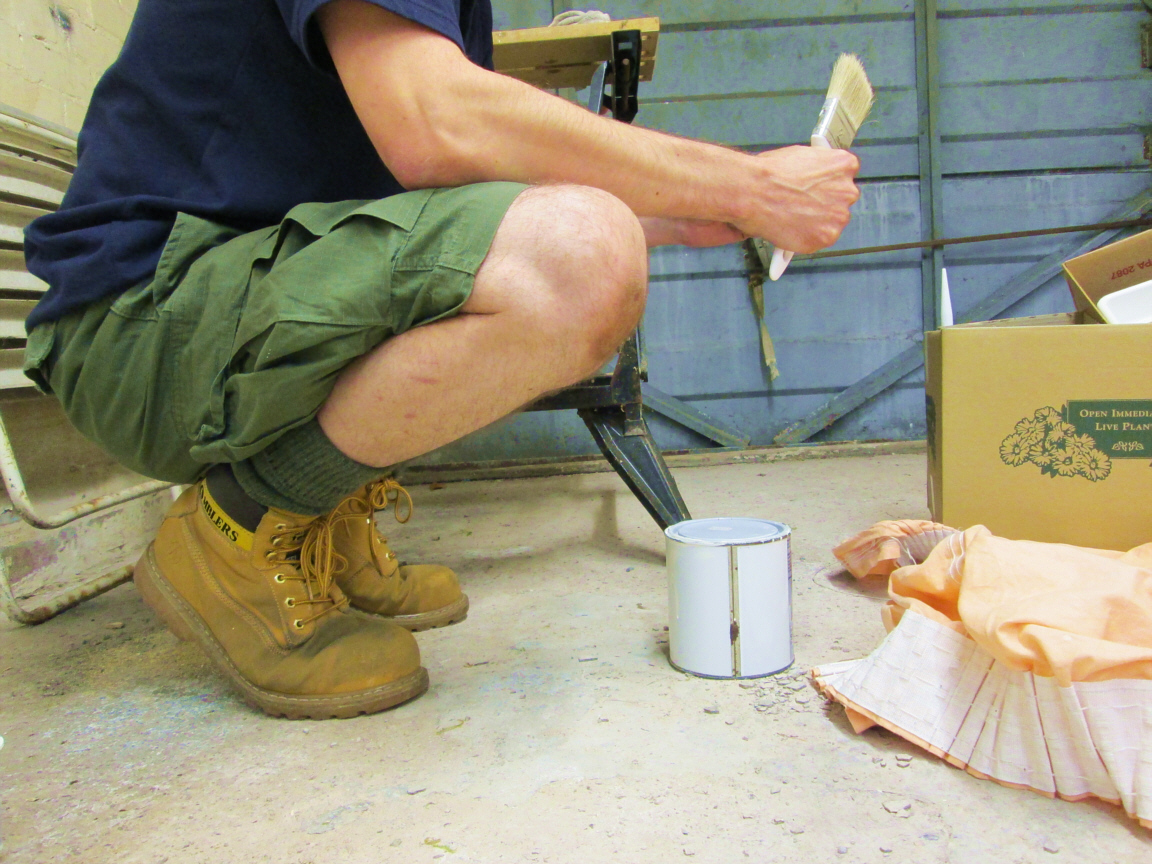A question often asked of me is: “What is it like to be in counselling?”
A difficulty in answering such a question is that counselling (even couple or group counselling) can be quite an individual’s experience.
But I would suggest there are also some common experiences.
Let me “paint” an analogy for you 😉
When did you last decorate a room?
When did you last decorate a room in your home?
If you were not in the position of having an empty room to work with (e.g. moving into a new home, or had the capacity to move everything out of an existing room) then you had to move things around as you worked.
You might have had to cover some furniture with dust sheets.
You might have had to move some furniture out of the area in which you were working; often moving it in the way of other things or making it get in the way of the usual walk-way through the room. Things are now becoming awkward.
There was the preparation work: filling in cracks and smoothing over filler. Sanding. Noticing more flaws than you had before you started this work.
Then there was the decorating itself: Perhaps you’re using wallpaper or using a roller to smooth emulsion over the walls. Each one can be quite messy as you try to get it right.
Then there was the errors during progress: wallpaper -paste accidentally spills onto the floor. Or the emulsion reveals damp-effected paint (causing “bubbling”).
Re-decorating a room can be chaotic!
Two steps forward, three steps back.
You might have regretted ever having started the project. Perhaps you felt like you wanted to give up.
Maybe at other times you might have seen progress, but then lost sight of it.
Sometimes you might have gained inspiration during the project: those lights would look far better at the other end of the room; the shelves you had planned would look better if they were divided in half and segmented across the corner wall (and so on).
Am I capturing the spirit of re-decorating a room for you?
Recovering from the finished work.
When finishing the decorating, and the paintwork is drying, and the wallpaper is staying up, we can start to put the room back together.
There may be pleasure in experiencing what you had achieved, after all the effort.
There may be some disappointment, that the finished product was nearly – but not totally – what you had wanted.
We might say the “injuries” experienced during the work began to heal after the work was completed.
The furniture was moved back into position.
Some of the new ideas we put in place began to work.
Finally, the room became something we could enjoy again.
Soon enough, we forget the old room and the new room integrated back into our lives.
There are no “professional” clients in counselling.
Sure, professional decorators won’t have many (if any) of the experiences I’ve described above. But we amateur decorators often do… and as an analogy for counselling, there at not very many professional clients who go into counselling: we’re all amateur when we first go to see a counsellor.
An Analogy for Counselling.
As an analogy to counselling: the room we have spent time on altering is analogous to the person we want to improve upon during counselling. The version of ourselves who exits counselling may not be one hundred percent the version we had hoped for when we went into counselling, but the parts of us that we wanted to look at, the life-experiences that we were having trouble managing, the flaws, cracks and faults discovered during counselling are repaired enough for us to begin to put aside the version of ourselves before counselling.
I often say that it takes courage to enter counselling.
Quite possible a similar courage needed when we amateur decorators have to tolerate our potential for destroying our old room completely, but enough confidence on hand to know that we’re creating a new one that we’ll be satisfied with.


